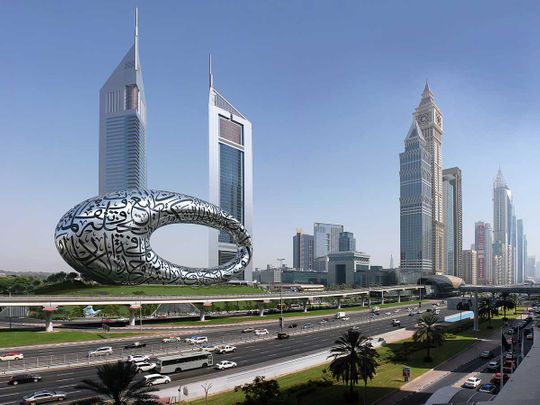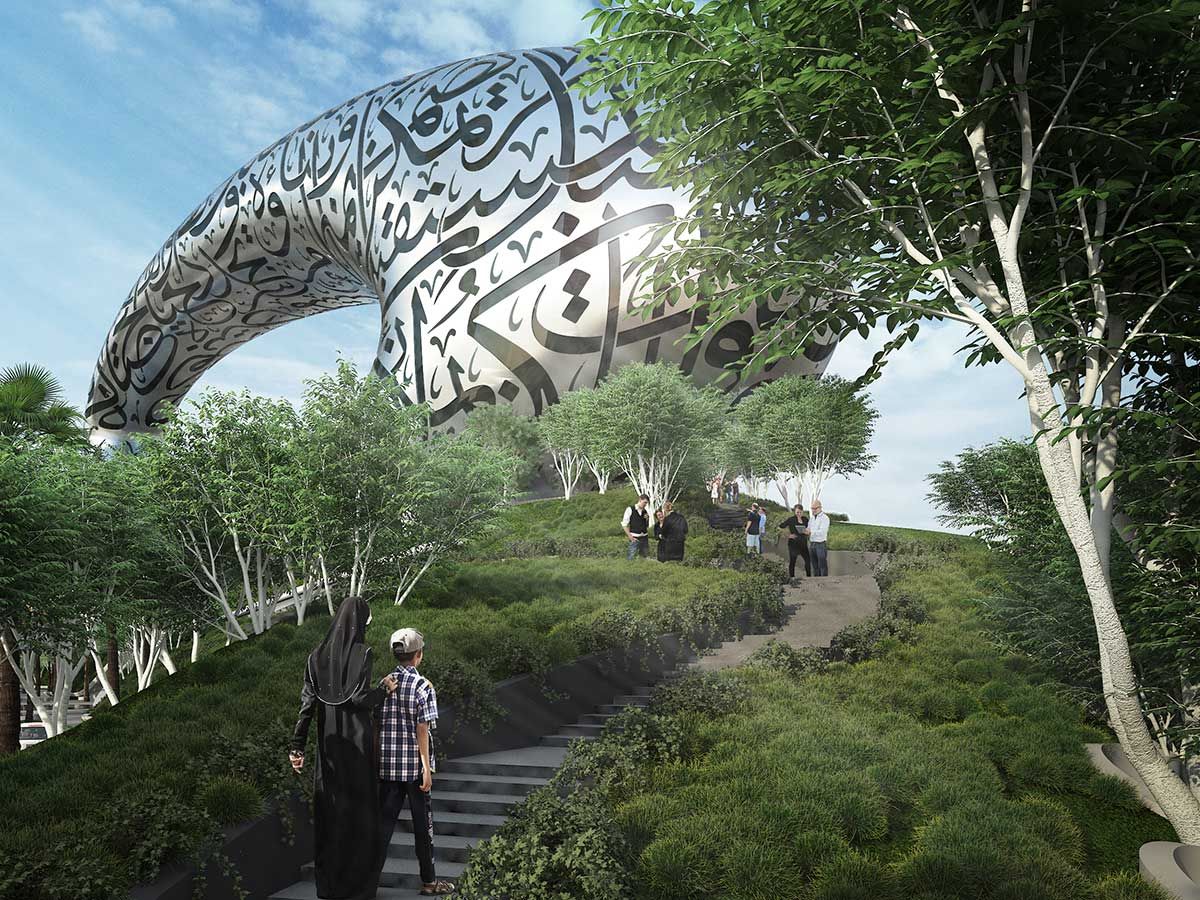
Ever heard of algae being grown within glass louvres in windows to generate renewable energy and provide shade? Or perhaps, of robotically assisted façade production allowing manufacturers to consider creating complex façades quickly and more cost efficiently than would previously have ever been possible?
There is a quiet revolution being reflected in the global windows and façades sector. It is disruptive, sustainable and very, very dynamic.
As an architectural design director with over 20 years of design experience in the field of architecture and urban master planning including 14 years in the Middle East, Benjamin Piper, Partner and Design Principal at Dubai-based Killa Design, knows a thing or two about windows and façades.
And he can vouch for the fact that the industry is onto something big.
“Some of the most interesting technologies that are emerging today focus on how façades respond to sunlight, wind, and other dynamic entities,” says Piper, who is part of a discussion on Innovation, Technology and Design Tools in Façade Integration on the opening day of the Windows, Doors and Façades Summit (WDF) that runs from September 24 to 26 at the Dubai World Trade Centre.
“There are mechanical façade systems that uses moving parts, such as moving louvres or external blinds, to help improve the energy performance of the façade, while solid-state façade systems use material technology to respond to the exposure of a façade, embedding for example liquid crystals,” says Piper.
Wake-up call
Benjamin Beer, Head of Façades at global construction engineering and design firm Ramboll’s UAE operations and a keynote speaker at WDF, agrees that the industry is slowly but surely realizing the benefits of sustainable trends. “Currently, we see quite a lot of new technologies emerging in the market to make building facades more sustainable.
“Active facade components, like active shading and glazing, are some of the most promising innovations. Going forward, we will also have smarter facades reacting to the external environment, featuring switchable glazing and double skinned facade systems with active shading.”
However, how relevant is all this to the UAE, with buildings having to face high temperatures and different weather conditions? How can artistic designs be created for unique structures, such as the Burj Khalifa and the Museum of the Future, with the ability to withstand the extreme climate?
Local challenges and opportunities
“Architects love responding to the environment in which the buildings are constructed,” says Piper. “The UAE presents a fantastic opportunity to come up with new kinds of buildings, new kinds of façade treatments that respond to these extremes of weather. It’s relatively recently that these parts of the world have been inhabited by large-scale cosmopolitan cities. And now with air conditioning and elevators and global supply chains it is possible to develop these parts of the world and there is opportunity for a new kind of architecture to really evolve out of the environment that we have here.”
Dubai’s uniquely designed Museum of the Future presented a similar opportunity.
Importance of façades
Located in the heart of Dubai’s Business District this masterpiece featuring beautiful Arabic calligraphy, offered one of the most challenging façades from an architectural viewpoint to the team at Killa Design.
“Every part of a building is an important part of the whole. But the façade is the skin of the building’s, it’s where it interfaces with its external environment,” says Piper while elaborating on the importance of facades.
“On one hand the façade needs to protect the interior, it needs to control solar gain, but on the other hand it needs to introduce things like daylight, views, even natural ventilation. One of the challenges to architects is that we make sure that those façades are performing in the best possible way and creating an aesthetically beautiful building at the end of the day.”
Which is exactly how the Museum of the Future was conceived, designed and built.
Original lines
“We had to overcome the challenge of incorporating calligraphy on an architectural scale. The calligraphy on the façade of the Museum functions as the windows of the interior spaces, and it is placed on a double curved volume that is clad in stainless steel,” says Piper.

Explaining how the original design was kept all the way through, he says, “So often, there is an original vision, but through the process of value engineering, or the requirements of the feasibility, that gets diluted. The original vision for the Museum of the Future has been maintained from inception to completion.
“Through computer modelling technology it is possible to coordinate the entire building in a virtual model allowing the team to get a level of coordination between all of the building elements that was impossible before. We can fabricate these building elements offsite and bring them to site. They effectively click together to form this incredible building that wouldn’t have previously been possible using conventional methods.
“This is the kind of learning challenge we really relish at Killa Design. It keeps each project unique and fresh, allowing us to develop new ideas, new approaches, and new ways of looking at façades.”
Talking of challenges, Dubai is also known for its quick turnaround projects, which while cost efficient present an obstacle course all their own. Benjamin Beer sees this as an opportunity, though.
Speed and efficiency
“A characteristic of the region in terms of façade design is that most of the projects, especially in Dubai, are fast-tracked, this means that we have a very short design period,” says Beer, who will be speaking at WDF on the topic, Façade Design for Extreme Climates - From Desert Resorts to Antarctic Stations.
“On the one hand, fast-tracking a project is positive because as professionals, we see our designs getting built and realised quite quickly, giving us a lot of satisfaction. On the other hand, the fast speed of design and construction brings some challenges: the design team has to work closely to get the design done, coordinate and solve all the issues promptly.”
Beer emphasises how crucial it is to educate industry stakeholders so that buildings become more energy efficient and sustainable on a larger scale, but also mentions that raising awareness in the region can be challenging too because of the harsh climate and the competitive construction market. “If on the one hand, we aim to design and create more energy-efficient buildings with very low cooling load demands, on the other hand, we must ensure that the clients meet their budget targets.”
Events such as Windows, Doors & Façades present immense opportunity in this regard.

What’s on at WDF?
As the region’s most important dedicated event for the windows, doors & façades industry and with more than 170 brands participating including the likes of Schüco, Orgadata, Gutmann, Elumatec, Reynaers, Hueck, Emmegi, and MJ Metal, WDF is a showcase for the most innovative products and technologies for the regional construction industry and the next generation of facades solutions that allow architects and developers to build future icons.
More than an exhibition, WDF promotes industry best practices and knowledge sharing through an extensive, free, and CPD-certified educational program including the Future of Facades Summit on September 24 and the Facades Seminar Series, presented by dozens of regional and international experts on September 25-26.
WDF is also co-located with Gulf Glass, the region’s largest platform for the glass industry.
For more information on WDF visit www.wdfevent.ae




